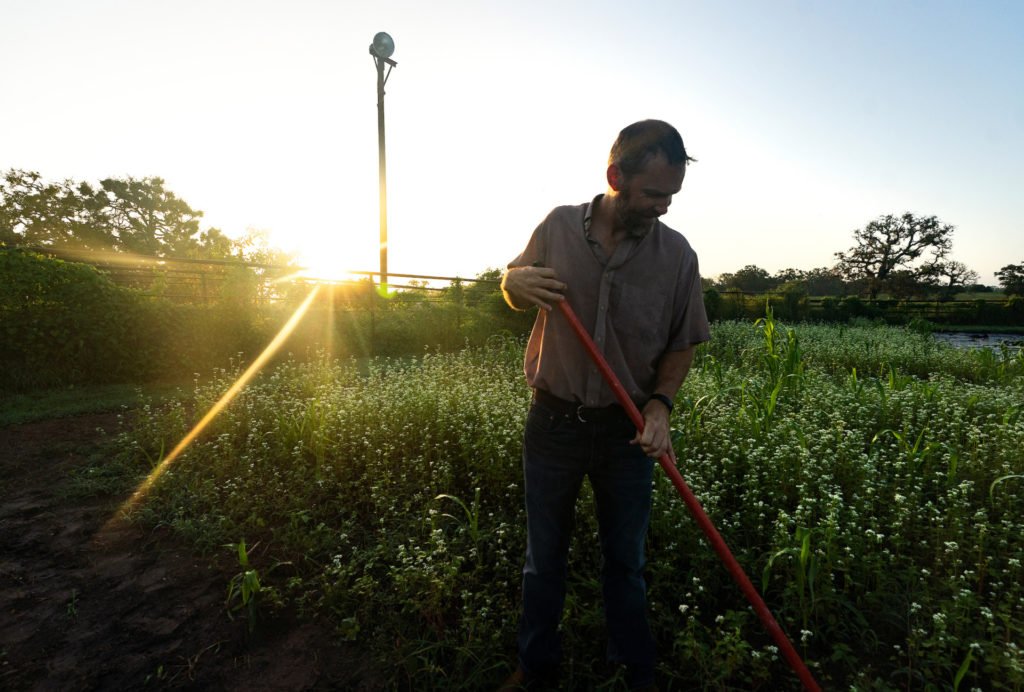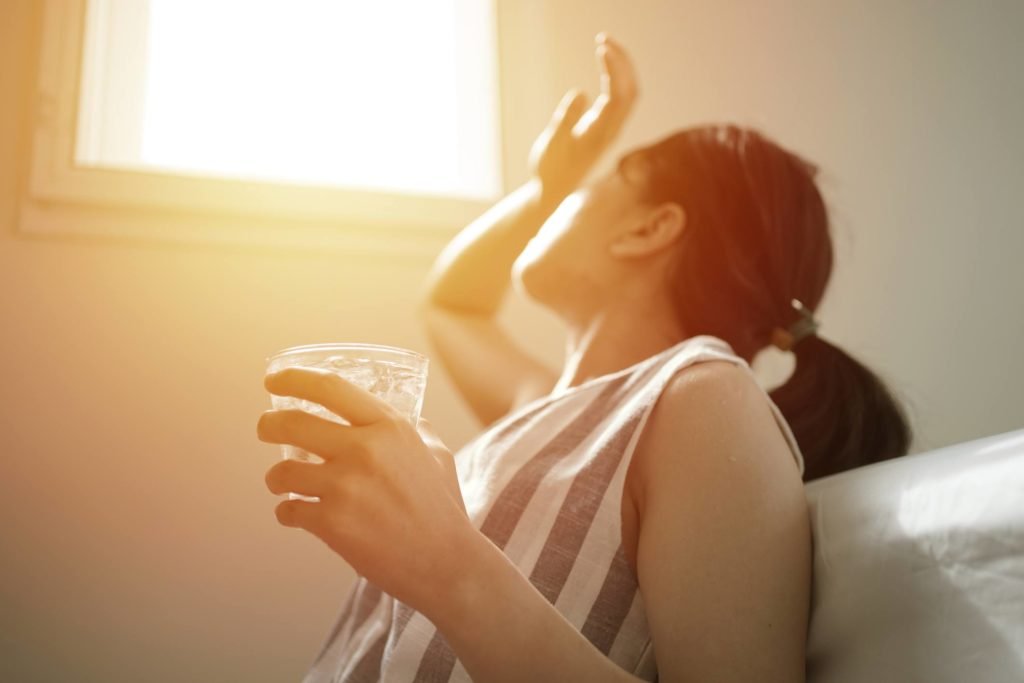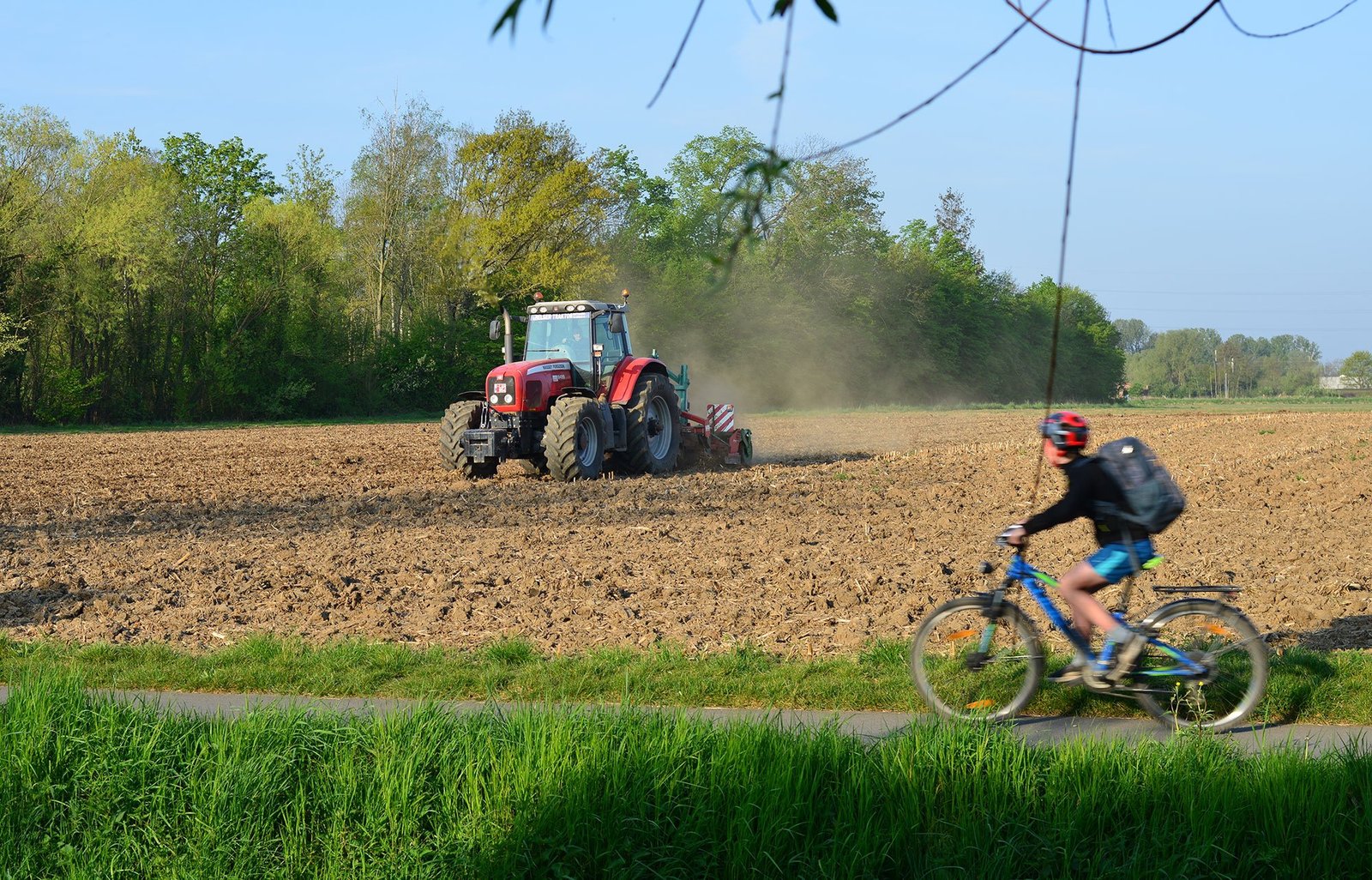As outdoor temperatures increase, so does the possibility of heat stress or even heat stroke. But there are ways to avoid getting “overheated” this summer, according to Texas A&M AgriLife Extension Service experts.

“Now that summer is near, people are going outdoors and staying outdoors longer,” said Mark Faries, Ph.D., AgriLife Extension state health specialist in the agency’s Family and Community Health Unit. “But with prolonged exposure to the sun and heat, people are more at risk for heat-related illness or hyperthermia.”
Faries said being aware of the symptoms of heat stress is particularly important with exposure to a higher heat index or heatwaves, especially for those who might be at higher risk of heat illness.
“Those at higher risk include adults 65 years of age or older, infants, children up to 4-5 years of age and those with medical conditions such as diabetes, high blood pressure, heart disease or obesity,” he said. “However, anyone can succumb to heat with outdoor activity, and there are added concerns related to drinking alcohol, low hydration and even reactions from medication.”
He said that the body naturally heats up during physical activity but has ways to keep itself cool. However, in cases of extreme heat, the body heats up faster and evaporation of sweat cannot keep up to maintain a normal temperature.
“In such instances, heat illness can lead to death,” Faries said. “But since heat illness is progressive, with awareness of the types, symptoms and treatments for initial degrees of heat stress, we can catch any risk early.”
Types of and treatments for heat stress
According to the Centers for Disease Control and Prevention, symptoms of heat stress may include headache, thirst, general weakness, increased body temperature, dizziness, loss of appetite, excessive sweating, cramping, fast breathing and rapid pulse.


Here are some of the symptoms and treatments for different levels of heat stress offered by the CDC:
— Heat rash. Heat rash is a skin irritation caused by excessive sweating. It appears as a red cluster of small blisters, usually in the area of the neck, upper chest or groin, as well as under the chest, at the waist and in elbow creases.
People experiencing heat rash should find a cooler, less humid place to treat and keep the rash area as dry as possible. It’s a good idea to apply powder to help with the irritation, but it is best to avoid the use of creams or ointments as these add moisture to the rash and may delay healing.
— Heat cramps. These typically occur when a person sweats a good deal during physical activity, causing muscle pains or spasms. The cramping usually occurs in the arms, legs or abdomen.
Sweating reduces the amount of water and electrolytes in the body, such as sodium, potassium and magnesium, so excessive sweating and physical exertion in the heat can lead to these painful muscle cramps.
To treat muscle cramps, the CDC recommends stopping the activity and relocating to a cooler place. Drink plenty of water or a sports drink with electrolytes to replace lost liquids and refrain from any further activity until the cramps subside. If the cramping lasts for more than an hour or if you are on a low-sodium diet or have heart problems, it’s best to seek immediate medical help.
— Heat exhaustion. Symptoms of heat exhaustion can include weakness, excessive sweating, dizziness, headache, nausea, muscle cramps, a rapid pulse and cold, clammy skin.
In more serious instances, heat exhaustion can also cause vomiting or fainting. To treat for heat exhaustion, relocate the person to a cooler area, loosen their clothing and put a wet cloth or cold compress on key areas of the body, such as the forehead, neck and armpits. If there is vomiting or extreme weakness or the symptoms get worse or last more than an hour, seek medical help.
— Heat stroke. If a person’s body temperature gets above 103 degrees, this can likely lead to heatstroke.
A person experiencing heat stroke is unable to properly regulate body temperature, as it keeps rising. Oddly, during heat stroke, the body actually stops sweating. The pulse also weakens, and the skin becomes flushed and red.
“With heat stroke, the individual may also experience an altered mental state, a racing heart and/or severe nausea or vomiting,” Faries added. “This is a medical emergency, and you should call 911 immediately if you or someone else is showing signs of heatstroke.”
However, Faries added, until emergency medical assistance arrives the heatstroke victim should be moved to a shaded, cool area and any excess outer clothing should be removed.
“Cool the individual with cold water or ice,” he said. “Then wet the skin and place cold, wet clothes or compresses on key points, such as the head, neck, armpits and groin area. Or soak the person’s clothing with cool water.”
However, these treatment suggestions are not intended to be a substitute for professional medical advice, diagnosis or treatment, Faries said.
“You should always seek the advice of a physician or other qualified health provider if you have questions regarding a medical condition,” he said.
Tips for staying cool
— Stay adequately hydrated. According to the American College of Sports Medicine, ACSM, dehydration increases the risk of heat exhaustion and is a risk factor for heat stroke. To help avoid dehydration, it’s important to drink an adequate amount of water if you’re out in the sun, even if you’re not especially thirsty.
Fluids replace the body’s water lost through sweating, and that amount will differ from person to person. Experts suggest four to six cups of water daily for generally healthy people, but note water intake should be individualized and depends on factors such as whether a person plans to be physically active or outdoors on a hot day. Generally, two to three cups of water per hour can help you stay hydrated during hotter or more active times.
“Drink water before, during and after your physical activity, even if you are not thirsty,” said Michael Lopez, AgriLife Extension specialist, Bryan-College Station. “And don’t forget to keep a water bottle with you if you plan to be outdoors for any significant amount of time.”
— “Be cool” about scheduling activities. The ACSM also noted the risk of heat stress and illness are increased when the outdoor temperature is 80 degrees or higher and humidity is greater than 75%.


“Schedule any outdoor activities or errands for the morning or evening, especially if you expect them to be somewhat taxing or strenuous,” Lopez said. “This can mean outdoor shopping, home projects, yard work or exercise.”
He said it is still important to continue physical activity though, even during hot days, to help maintain the habit of exercise.
“People should identify and use cooler times and places for their physical activity, such as an air-conditioned building or a shaded trail,” Lopez said. “And people who walk as part of their exercise routine may choose to walk indoors during particularly hot days.”
He also suggested asking your health care provider before starting any physical activity or exercise outdoors, especially if you have medical concerns or are on any medications that might have an impact on your body’s response to the heat
— Stay in an air-conditioned location as much as possible. “If you do not have air conditioning, go to the local shopping mall, a public library or take advantage of indoor events in your community,” Faries said. “Just spending a few hours in air conditioning can help your body stay cooler, and help you beat the heat.”
— Eat for the heat. “Eating lighter foods during hot days can keep you from overstimulating your metabolism and keep you from feeling sluggish,” said Odessa Keenan, AgriLife Extension wellness initiatives coordinator for the agency’s Healthy Texas program.
Keenan said summer is a good time to eat lighter foods with good moisture content, such as salads and fresh fruits.
“The more food or the heavier foods you eat, the harder your body has to work to get rid of any excess calories, and that can be especially taxing on a hot day,” she said.
— Learn about community cooling centers. Many communities, especially larger towns or cities, set up cooling centers where residents can go to get out of the sun. Local television news stations or newspapers will usually have information on where these will be set up. In addition, you can call your local health department or dial 311 if that service is available in your area.
— Dress appropriately, use sunscreen and limit your time in the sun. Limit your time in the sun, especially between 10 a.m. and 2 p.m., and wear light-colored, loose-fitting clothing, such as lightweight long-sleeve shirts and pants, that will cover potentially exposed skin. Wear a cap or broad-brim hat to protect your face, and regularly apply a broad-spectrum sunscreen with an SPF value of 15 or higher. Follow all product directions and warnings, including how much and when you should apply and reapply.
— When possible, park under a tree or in a shaded area. It’s not always possible, but if you can find a shaded place to park it will reduce the amount of direct sun exposure to your vehicle.
“Of course, it’s imperative that you never leave a child or animal in a parked car, particularly on a hot day,” said Bev Kellner, AgriLife Extension program manager — passenger safety.
— Check on others. As a courtesy and out of concern for others, you may want to check on any friends or neighbors you feel may be more susceptible to the heat and at greater risk for heat stress or heat-related illness.
“This is especially true for the elderly or those you know to have mobility issues,” he said. “And people in lower-income areas may not have air conditioning or even a fan,” he said.
-30-












